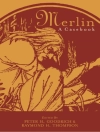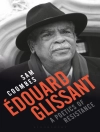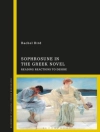This book presents a cognitive stylistic analysis of the writing of Siegfried Sassoon, a First World War poet who has typically been perceived as a poet of protest and irony, but whose work is in fact multi-faceted and complex in theme and shifted in style considerably throughout his lifetime. The author starts from the premise that a more systematic account of Sassoon’s style is possible using the methodology of contemporary stylistics, in particular Cognitive Grammar. Using this as a starting point, he revisits common ideas from Sassoon scholarship and reconfigures them through the lens of cognitive stylistics to provide a fresh perspective on Sassoon’s style. This book will be of interest to students and scholars of stylistics, war poetry, twentieth-century literature, and cognitive linguistics.
สารบัญ
Chapter 1: Introduction.- Chapter 2: Cognitive Grammar and Style.- Chapter 3: Creativity, Embodiment and Context.- Chapter 4: Proximity.- Chapter 5: Trauma.- Chapter 6: Blame.- Chapter 7: Revision.- Chapter 8: Conclusion.
เกี่ยวกับผู้แต่ง
Marcello Giovanelli is Reader in Literary Linguistics and Head of English, Languages and Applied Linguistics at Aston University, UK. He teaches on undergraduate modules in stylistics, cognitive poetics and English literature and supervises doctoral students working on topics in cognitive stylistics. He has previously published on both the work of Siegfried Sassoon and on stylistic applications of Cognitive Grammar.












